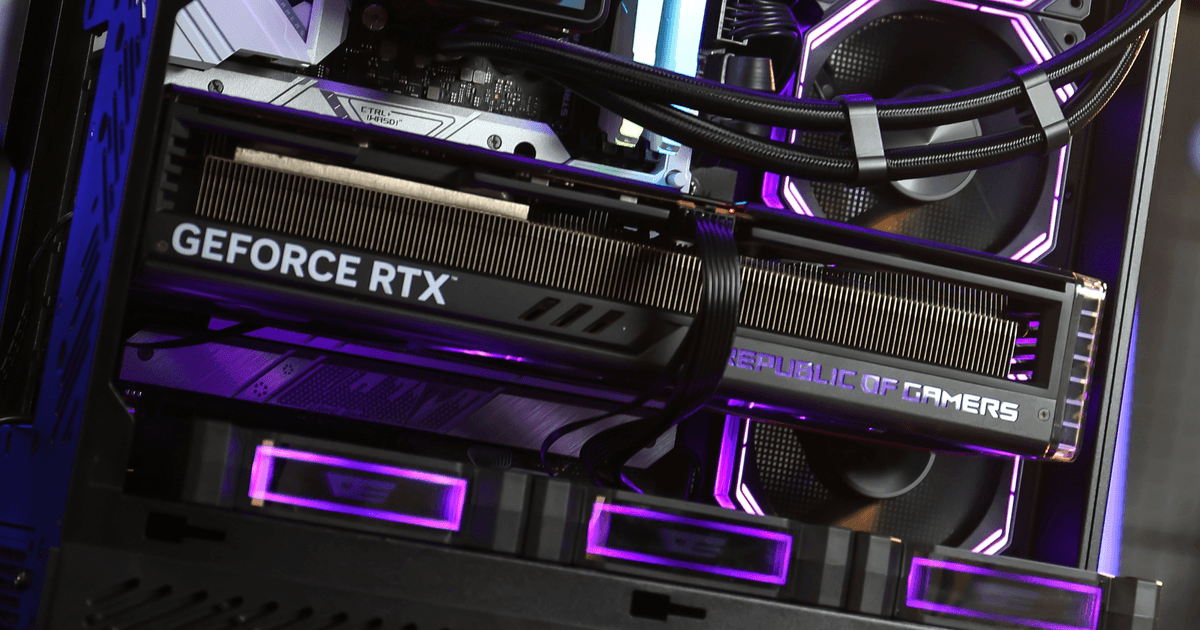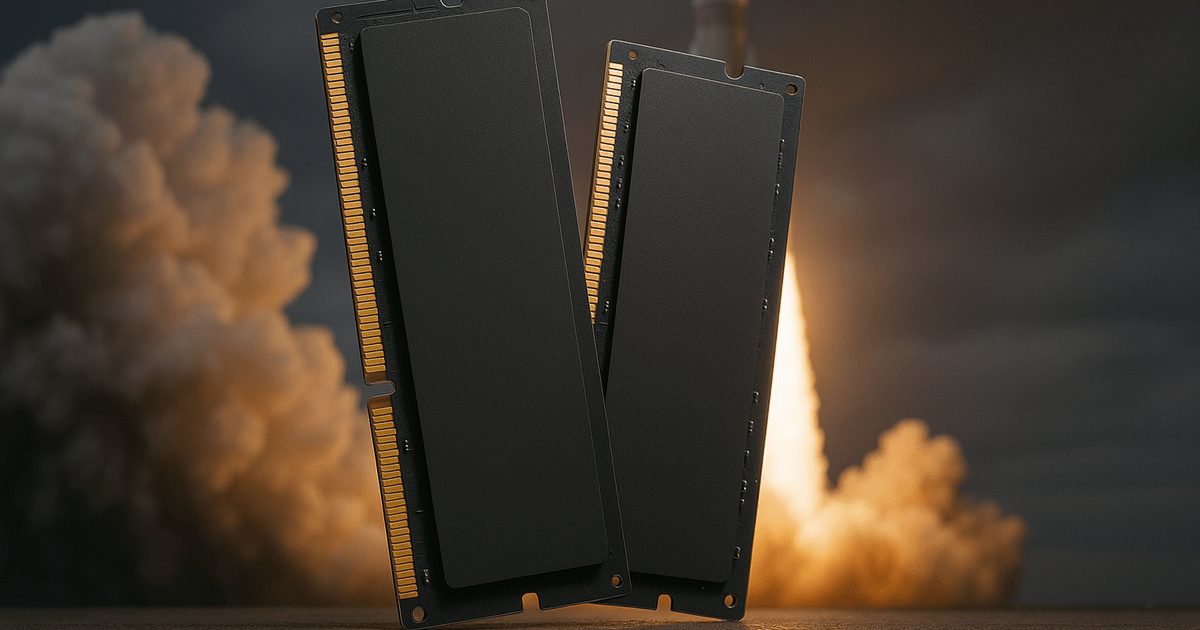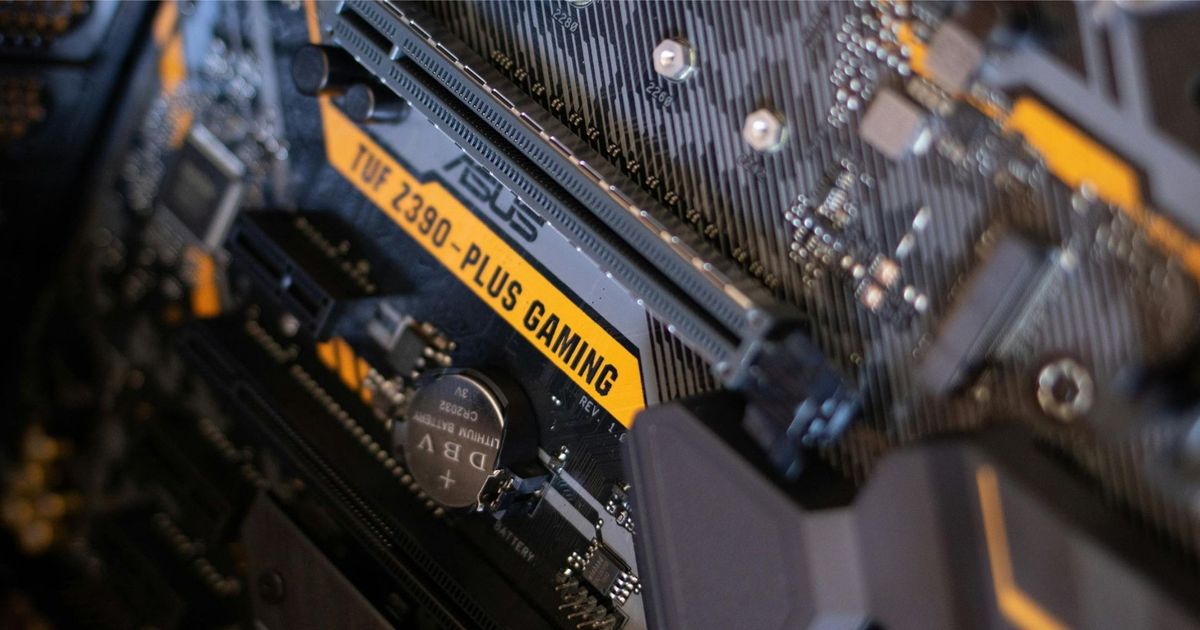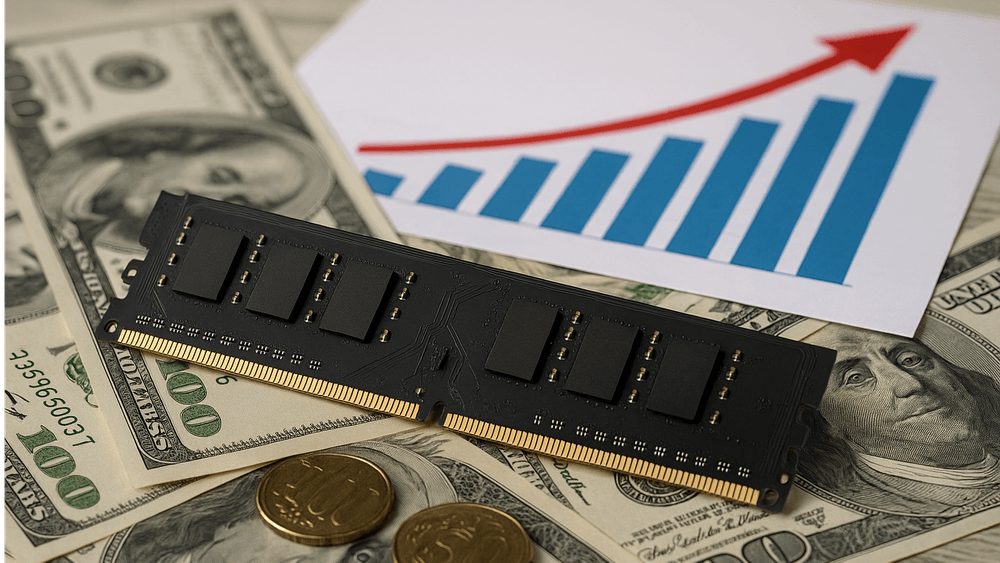
Over the past year, the memory market has seen an unexpected twist: DDR4, once considered an “outdated” standard, has experienced a dramatic price surge and regained attention from both consumers and industry players.
While DDR5 was expected to completely dominate by now, DDR4 is proving to be far from obsolete. In this article, we’ll explore the reasons behind DDR4’s surprising comeback and what it means for PC users and the industry.
Why Are DDR4 Prices Rising?
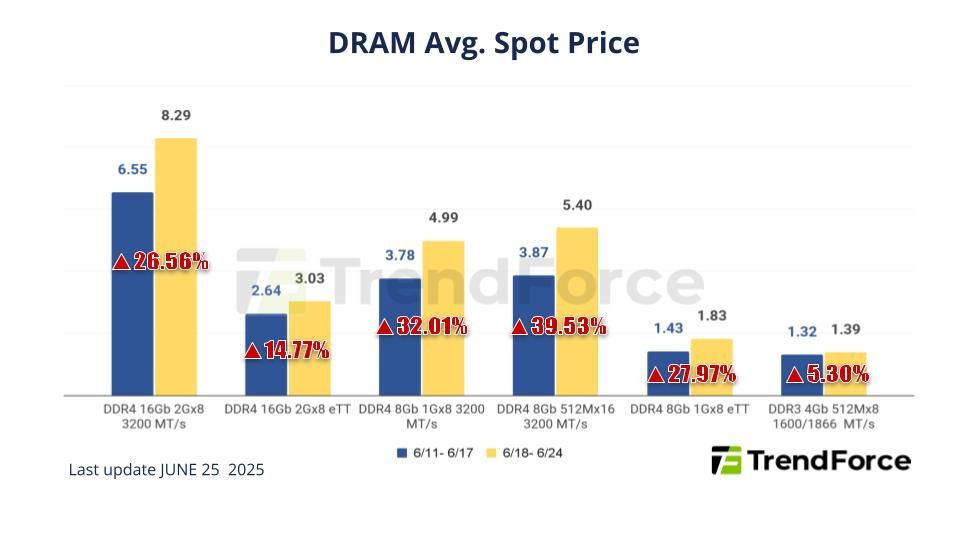
(DRAM Avg. Spot Price – Chart credit: TrendForce on X)
Shrinking Supply
Leading memory manufacturers like Samsung, Micron, and SK hynix have gradually reduced DDR4 production capacity, shifting resources toward DDR5 and advanced technologies like HBM. As supply tightens, DDR4 modules have become scarcer, driving prices upward.
Chinese Manufacturer Transition
ChangXin Memory Technologies (CXMT), which once pushed DDR4 prices down by adding extra supply, has also shifted focus to DDR5 in 2025. With fewer manufacturers supporting DDR4, the market balance has swung from oversupply to shortage.
Stockpiling and Panic Buying
When buyers fear future shortages, they tend to stock up early. PC builders, distributors, and even end-users have been buying DDR4 aggressively, adding further pressure on limited supply.
Price Inversion
In a rare twist, DDR4 has in some cases become more expensive than DDR5. Reports have shown DDR4 chips trading at higher prices per gigabyte compared to DDR5, a clear sign of supply-demand imbalance rather than technical merit.
Why Is DDR4 Still Popular?
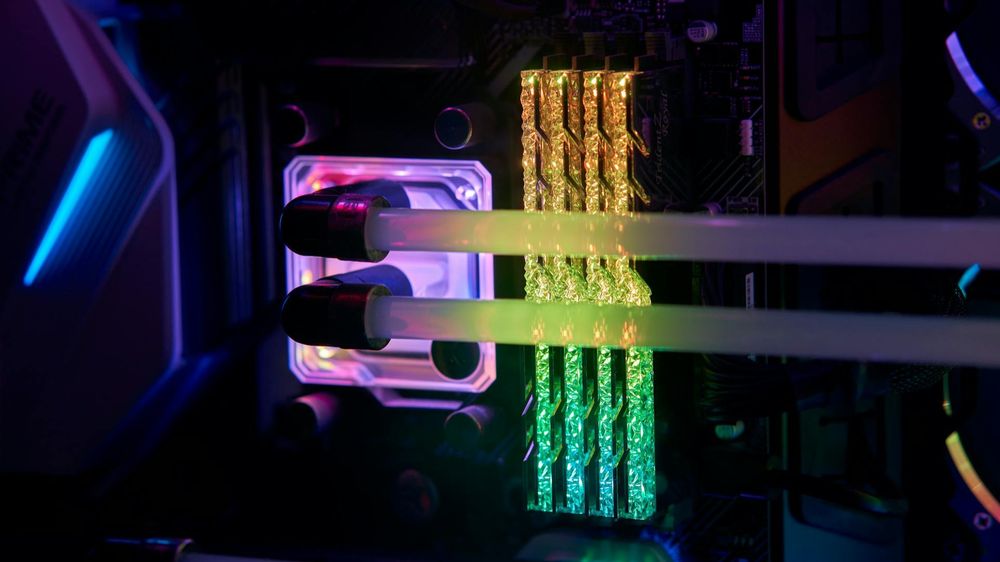
Massive Installed Base
Millions of systems worldwide still rely on DDR4 platforms. For many users, replacing an entire CPU and motherboard just to switch to DDR5 isn’t cost-effective, making DDR4 upgrades the logical choice.
Good Enough Performance
While DDR5 offers higher bandwidth and future scalability, DDR4 remains more than capable for everyday workloads, gaming, and office use. For many, the performance difference isn’t worth the cost of a full platform upgrade.
Compatibility and Cost Barriers
Upgrading to DDR5 means investing in a new motherboard and often a new CPU. Sticking with DDR4 is a simpler, cheaper upgrade path.
Market Perception and Aesthetics
Many DDR4 kits still come with advanced heat spreaders, RGB lighting, and sleek designs, offering strong appeal to gamers and PC builders focused on aesthetics as much as performance.
Risks and Future Outlook
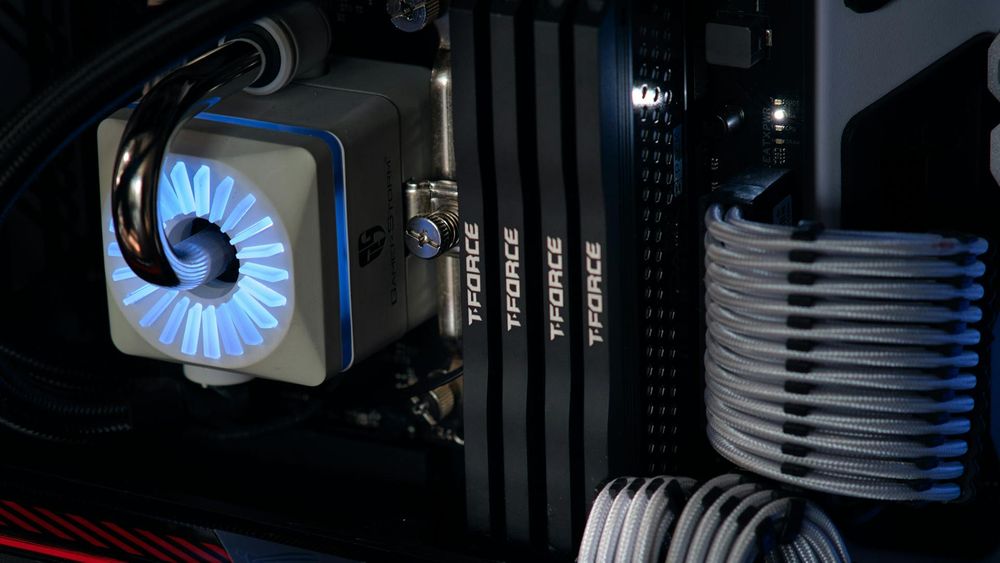
Uncertain Longevity: If DDR5 production continues to ramp up and prices fall, DDR4 could quickly lose its renewed momentum.
Volatile Prices: With fewer manufacturers producing DDR4, supply fluctuations could lead to unstable pricing.
Short-Term Popularity: The current surge may be temporary, driven by stockpiling and panic buying rather than sustainable long-term demand.
Conclusion
The DDR4 revival is not simply nostalgia — it’s the result of shrinking supply, platform compatibility, and short-term market behavior. While DDR5 remains the future of memory, DDR4 continues to prove its relevance in 2025.
For PC users, this moment highlights the importance of timing upgrades carefully. DDR4 still offers strong value and compatibility today, but its long-term availability is uncertain. In the fast-moving world of PC hardware, sometimes yesterday’s standard still has a surprising role to play.

